A Guide to PERT Vs CPM | Mastering Project Management in 2024
In the world of project management, two methodologies reign supreme – PERT vs CPM. While they both aim to streamline and optimize the process, their approach and application are quite different. But what exactly are these methodologies, and how do they differ?
I’ve spent years navigating the complexities of project planning and management. Through my journey, I’ve learned the ins and outs of both PERT and CPM. Now, I’m here to share that knowledge with you, shedding light on their unique attributes and helping you decide which method suits your project best. Strap in as we delve into the intriguing world of PERT vs CPM, a topic that’s more than just a bunch of acronyms.
Understanding PERT and CPM
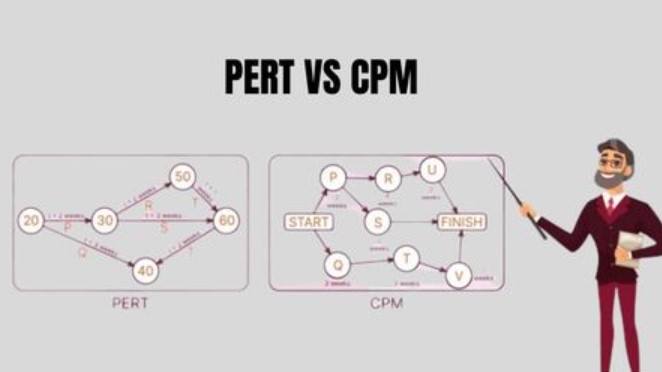
Delving deeper into PERT and CPM, it’s essential to understand their backgrounds, key components, and fundamental principles. Their nuances and operative gears are what separate them, providing us with a wider spectrum of project management methodologies.
The Origins of PERT and CPM
Circling back to history, the Program Evaluation and Review Technique, commonly known as PERT, was first developed in 1957 by the U.S. Navy. It came into existence during the Polaris submarine missile project. CPM, or Critical Path Method, on the other hand, had its inception a year earlier, in 1956. It was conceptualized by DuPont Corporation and Remington Rand Corporation for managing plant maintenance projects. Both techniques, born out of necessity, brought forth a fresh perspective on project management, decodes complexity, and streamlines processes in a structured format.
Key Components of PERT
Distilling PERT to its essentials, it comprises three crucial components: events, activities, and slack. Events denote project milestones or endpoints, whereas activities represent tasks crudely connecting these events. Lastly, the slack is the surplus time an activity can be delayed without delaying the project. For instance, when planning a product launch, signing off on a final design can be considered an event. The various tasks under design finalization act as activities, and the extra time that can be availed within these tasks without affecting the final sign-off date forms the slack.
Fundamental Principles of CPM
Delineating CPM, it primarily operates on two core principles: critical and non-critical activities. Critical activities form a sequence of tasks, consuming the most time, and bear straight influence on the project’s end date. Any delay in critical activities pushes forth the project deadline directly. Non-critical activities, meanwhile, are the ones that possess flexibility of delay without impacting the project’s end date. Take the example of constructing a building. Procuring materials, laying the foundation, building the structure, and finalizing interior fittings could be critical activities, whereas choosing the wall paint may be a non-critical activity because it won’t affect the project’s completion date.
Comparing PERT and CPM
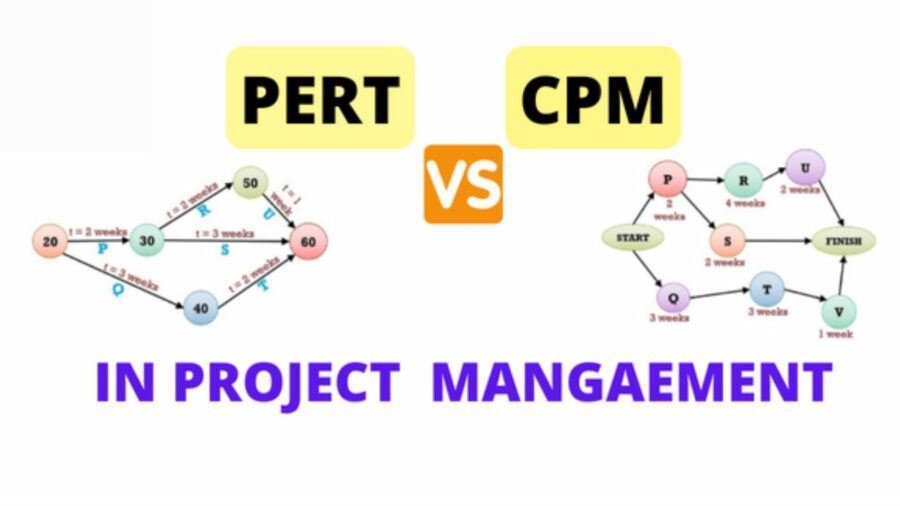
Breaking down the differences between PERT and CPM brings out their unique features, making it easier for project managers to decide which methodology suits their project best. Let’s delve into their structural differences, approaches towards time management, and their levels of flexibility and precision.
Structural Differences Between PERT and CPM
The first disparity between PERT and CPM is apparent in their structure. PERT, focusing on events, includes tasks and their slack times. It often uses a graphical representation showing the sequence of tasks, beneficial for projects with uncertain task duration. Conversely, CPM concentrates more on activities, splitting tasks into critical and non-critical activities. It ascertains the minimum time required to complete a project, given that all tasks are executed without interruption.
Time Management in PERT vs CPM
The approach to time management is another fundamental aspect that sets PERT and CPM apart. PERT’s built-in slack time can accommodate unexpected events or tasks, offering leeway in the project schedule. On the contrast, CPM implements stringent time management, where each task is optimized for minimum completion time without disruption. It doesn’t provide slack time, therefore making project duration accuracy its priority.
Flexibility and Precision
When evaluating flexibility, PERT’s allowance for uncertain task durations provides more maneuverability than CPM. PERT thrives in projects where task completion times are unpredictable. However, this flexibility doesn’t mean PERT is less accurate. The analysis of slack time paint a precise image of the project timeline, incorporating the potential for delays. But for projects with defined task durations, CPM brings precision to the table with its critical path analysis, helping assure project completion within the stipulated time frame.
Practical Applications of PERT and CPM
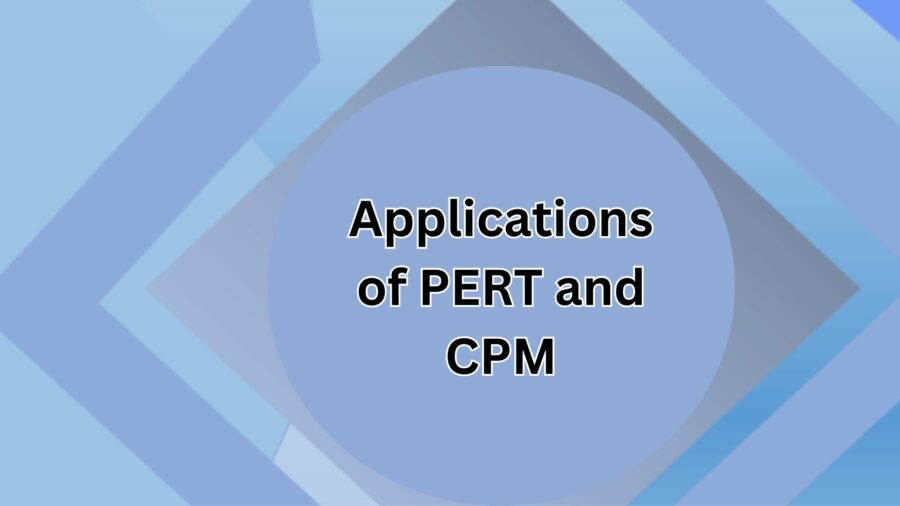
Understanding when and where to apply the PERT and CPM methodologies can optimize project outcomes. It’s about assessing project demands and aligning them with the most suitable approach.
When to Use PERT in Project Management
When dealing with projects having uncertain timeframes and activities, PERT proves highly beneficial. PERT’s emphasis on slack time provides a buffer for unanticipated delays, making it ideal for managing complex research and development projects. For instance, when developing a new pharmaceutical drug, the research phase’s duration is often unpredictable, and PERT’s flexibility accommodates this uncertainty effectively.
Scenarios Best Suited for CPM
On the other hand, CPM’s precision fosters efficiency in projects with well-defined tasks and timelines. Projects such as construction or manufacturing, where activities can be broken down into detailed steps with predictable timelines, benefit from CPM. For example, architectural firms managing construction projects frequently rely on CPM for its focus on critical paths, making sure every stage of the project is completed on time and within budget.
Advantages and Limitations
Now we will look into the advantages and limitations of both PERT and CPM. Here are the advantages and limitations of both:
Advantages of Using PERT
In my experience, PERT offers numerous strengths. By placing emphasis on events and slack time, PERT caters to projects with unsure task durations. This presents a benefit for projects demanding flexibility, such as complex research and development projects. For example, in the aerospace industry where timelines often adjust due to contingencies, PERT’s focus on manageable, bite-sized tasks provides ample room for adjustments and corrections. Additionally, PERT’s graphical representation aids in identifying dependent variables and simplifying complex project structures.
Advantages of Using CPM
Turning the spotlight onto CPM, it’s clear that this methodology brings its own set of advantages. CPM stands as the go-to for projects with well-defined tasks and strict timelines, with the construction and manufacturing industries serving as prime examples. CPM’s primary strength lies in its focus on critical paths, prioritizing critical and non-critical activities to ensure project completion within pre-set timeframes and budget constraints. It further allows project managers to prevent overburdening resources, planning out workloads to maintain optimal efficiency. For instance, a construction project with a warranted timeline that has straightforward and well-defined tasks would benefit from CPM’s efficiency and precision.
Limitations and Considerations
Nevertheless, it’s important to mind certain constraints and considerations. Whilst PERT marvels in managing uncertain timeframes, it does come with limitations. The variable timeframe estimates can, in fact, lead to an underestimation or overestimation of project timelines, potentially causing delays or budget overruns. Take the development of a new type of fuel, for example. Unexpected issues can lead to delayed test results, thus extending the timeline and requiring more funding.
On the flip side, while CPM brilliantly handles well-straightened tasks, it’s not without its shortcomings. It suffers if applied to projects with high degrees of uncertainty or variability, as the allocation of resources based on a rigid timeline could lead to inefficiencies. To elaborate, adopting CPM in a life sciences research project, where processes are uncertain and timelines are highly flexible, would likely result in misallocated resources and project delays.
PERT and CPM come with their own set of advantages and limitations. It’s essential to choose wisely considering the project specifics, limitations and factors involved.
Implementing PERT and CPM in Modern Project Management
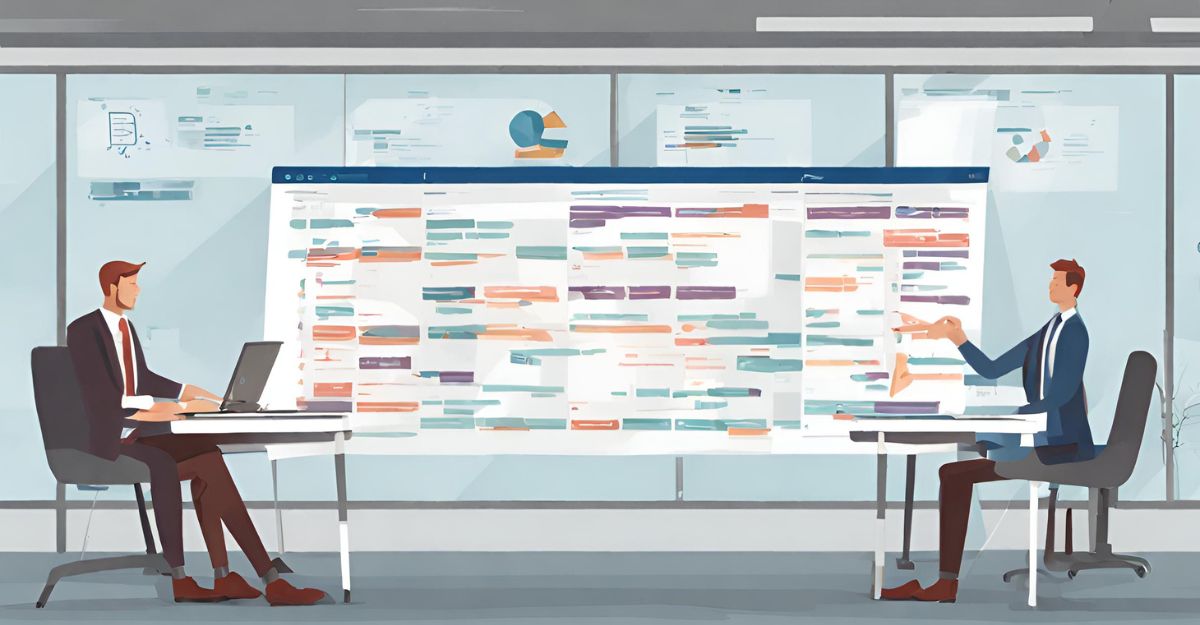
Transitioning from historical to contemporary project management, the advent of digital platforms and integration strategies has further enhanced the effectiveness of PERT and CPM methodologies.
Software Tools for PERT and CPM
In today’s digital era, a multitude of software tools provide a platform for PERT and CPM implementation. These tools offer automation, thus reducing the time spent on manual calculations and graphical representations. For example, Microsoft Project, Primavera, and Smartsheet have features catered to PERT and CPM calculations, critical path visualizations, and task dependency tracking. It’s crucial to harness these tools to simplify project planning.
Integrating PERT and CPM with Other Methodologies
The value of PERT and CPM isn’t confined to standalone use. Integrating them with other methodologies, especially Agile and SCRUM, boosts effectiveness further. Agile, with its iterative and incremental approach, blends well with flexible methodologies like PERT, providing a contingency for uncertainties in projects. Similarly, SCRUM, with its defined sprint cycles, complements CPM’s focus on task sequences and precise timing. Juxtaposing these methodologies, I can aptly handle uncertain, innovative projects on one hand and well-defined, time-boxed projects on the other. Thus, a strategic blend of distinct methodologies fosters a more holistic and adaptable project management approach.
Conclusion
I’ve taken you on a journey through the intricacies of PERT and CPM – two effective project management methodologies. We’ve delved into their unique strengths; PERT’s flexibility and graphical prowess make it a go-to for complex projects, while CPM’s focus on critical paths makes it a winning choice for projects with tight timelines. We’ve also touched on their limitations, but it’s clear that their benefits far outweigh the downsides. We’ve seen how digital platforms and tools have modernized the use of PERT and CPM, allowing for seamless integration with Agile and SCRUM. This blend of methodologies is the secret sauce to managing both innovative and well-defined projects effectively. So, whether you’re overseeing a research project or running a manufacturing operation, PERT and CPM should be in your project management toolkit.
Frequently Asked Questions
Q1. What are the origins and core principles of PERT and CPM?
PERT (Program Evaluation and Review Technique) and CPM (Critical Path Method) are project management methodologies that originated in the mid-20th century. PERT emphasizes the importance of events and slack time, accurately dealing with uncertainty in task durations, making it fitting for complex research projects. On the other hand, CPM is all about identifying the critical path in a project and strictly adhering to it for timely project completion, making it suitable for construction or manufacturing projects.
Q2. What is the key difference between PERT and CPM?
PERT emphasizes flexibility and uncertainty, making it more suitable for complex and challenging research projects. Contrastingly, CPM focuses on efficiency and predictability, making it ideal for well-planned construction or manufacturing projects where timelines are strict.
Q3. What are the advantages of PERT and CPM methodologies?
PERT allows project managers to handle uncertainty and flexible task durations, simplifies project structure through graphical representations. In contrast, CPM is admired for its efficiency in managing projects with defined, strict timelines.
Q4. Are there any limitations to these methodologies?
Like most methods, PERT and CPM have their disadvantages. PERT sometimes overlooks the cost aspect of project management, while CPM can be inflexible in cases where the project’s duration becomes uncertain or changes.
Q5. How does the modern implementation of PERT and CPM function?
Today, PERT and CPM are often implemented via digital platforms and tools such as Microsoft Project and Primavera. These tools help integrate these methodologies with Agile and SCRUM principles, thus enhancing project management effectiveness.
Q6. How does integrating PERT and CPM with Agile and SCRUM improve project management effectiveness?
Integrating PERT and CPM with Agile and SCRUM allows project managers to handle an extensive range of projects. This strategic blend is effective for both uncertain, innovative projects (by applying PERT) and well-defined, time-boxed projects (by utilizing CPM).
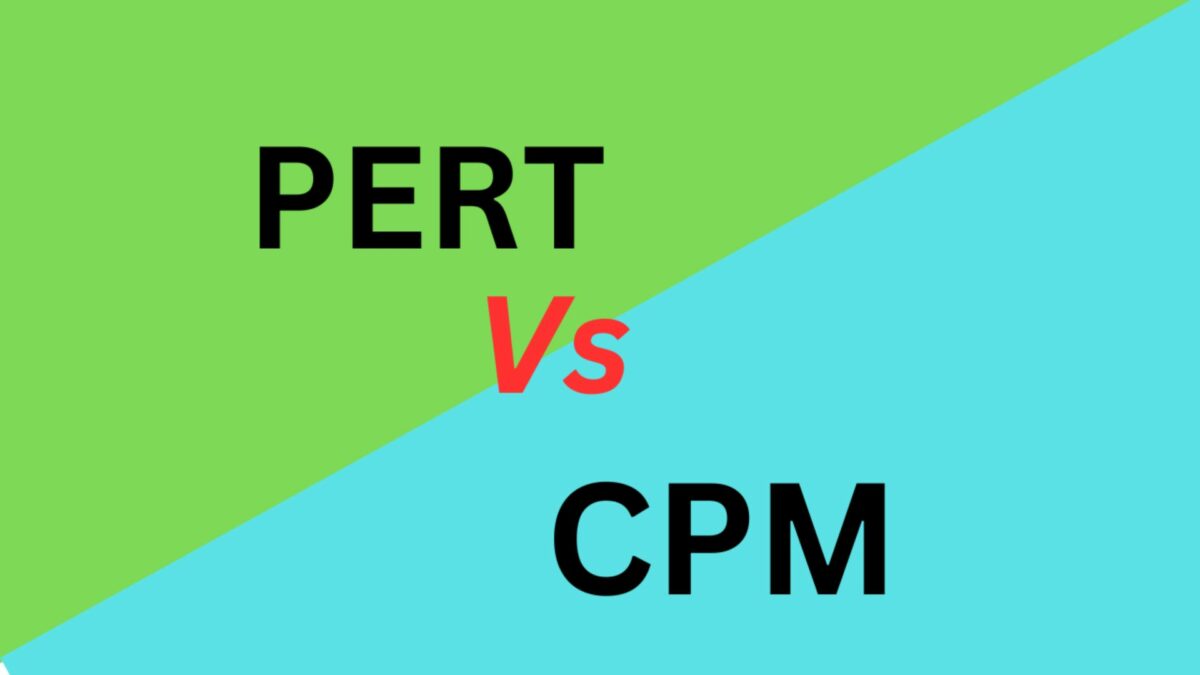
Leave a Reply